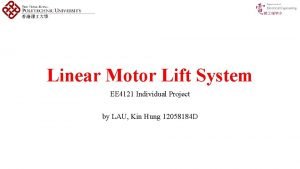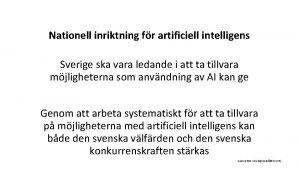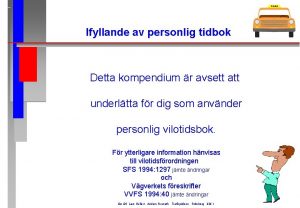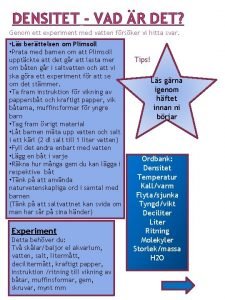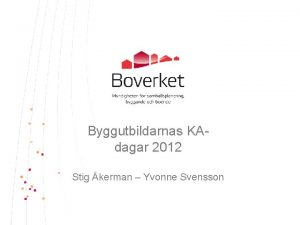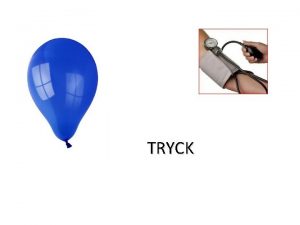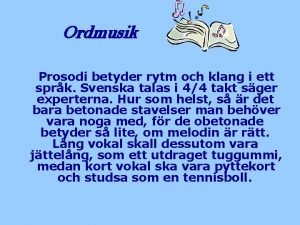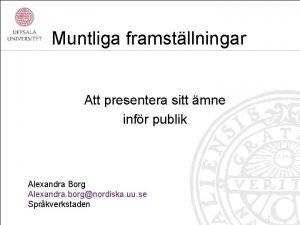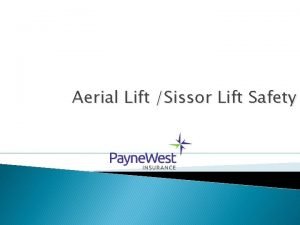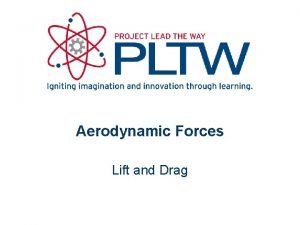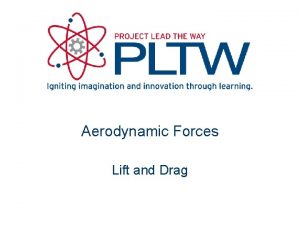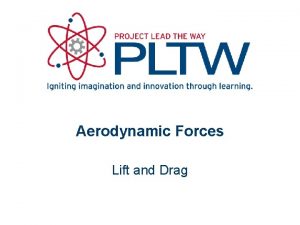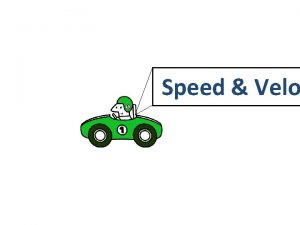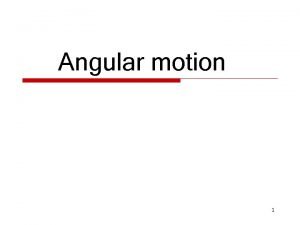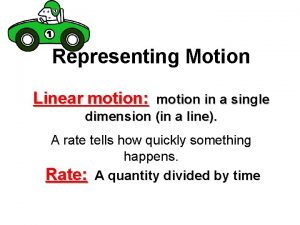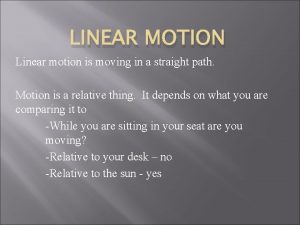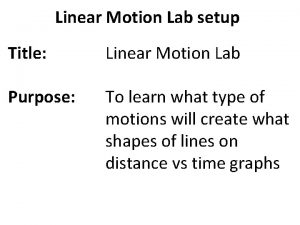Lift Theories Linear Motion Requirements for a Valid























- Slides: 23

Lift Theories Linear Motion






Requirements for a Valid Theory 1) A valid theory is a rational explanation of observed phenomenon 2) A valid theory can be used to predict future observations 3) A valid theory produces numerical results





Generation of Lift For a lifting airfoil, the surface static pressure varies from top to bottom and from front to back. For a lifting airfoil, the average pressure on the upper surface is lower than the average pressure on lower surface. The difference in pressure produces the lift.

Generation of Lift Why does the surface static pressure vary top to bottom and front to back? The ideal surface velocity varies from top to bottom and front to back. The surface of the foil is a streamline, so Bernoulli’s equation relates the surface velocity to surface pressure. When we include viscosity, the surface velocity is zero, but the local velocity varies at the boundary layer edge.

Generation of Lift Why does the surface velocity vary top to bottom and front to back? The flow must follow the surface contour (or the edge of the boundary layer). Flow can not pass through the airfoil. What determines the values for the local surface velocity, and therefore the local surface pressure, and ultimately the amount of the lift?

Generation of Lift What determines the values for the local surface velocity, and therefore the local surface pressure, and ultimately the amount of the lift? The flow around the airfoil must satisfy the conservation laws: Conservation of mass (continuity) Conservation of momentum (2 or 3 components) Conservation of energy


Euler Equation Solution Uniform Flow + Doublet + Vortex Lift is Generated

Bound Vortex Theory The Kutta Condition Mapped Uniform Flow + Doublet No Lift Mapped Uniform Flow + Doublet + Bound Vortex Lift

Bound Vortex Theory Uniform + Doublet + Bound Vortex strength = G Free stream velocity = V Air density = r Kutta-Joukowsky Theory Lift = L = r V G Lift Coefficient r G V Theory correctly predicts slope of curve = 2 p for thin airfoils Angle of Attack

Starting (Shed) Vortex

Prandtl’s Experimental Photo of Starting Vortex

Prandtl Lifting Line Theory Bound Vortex Tip Vortex Three dimensional version of Bound Vortex Theory A continuous line of bound vortices terminating at the wing tips with “tip vortices” that continue downstream to the “starting vortex”.

Photo of Tip Vortices
 Theories of lift
Theories of lift Linear lift system
Linear lift system Fspos vägledning för kontinuitetshantering
Fspos vägledning för kontinuitetshantering Typiska novell drag
Typiska novell drag Tack för att ni lyssnade bild
Tack för att ni lyssnade bild Ekologiskt fotavtryck
Ekologiskt fotavtryck Varför kallas perioden 1918-1939 för mellankrigstiden
Varför kallas perioden 1918-1939 för mellankrigstiden En lathund för arbete med kontinuitetshantering
En lathund för arbete med kontinuitetshantering Kassaregister ideell förening
Kassaregister ideell förening Personlig tidbok för yrkesförare
Personlig tidbok för yrkesförare A gastrica
A gastrica Vad är densitet
Vad är densitet Datorkunskap för nybörjare
Datorkunskap för nybörjare Stig kerman
Stig kerman Debatt mall
Debatt mall Delegerande ledarstil
Delegerande ledarstil Nyckelkompetenser för livslångt lärande
Nyckelkompetenser för livslångt lärande Påbyggnader för flakfordon
Påbyggnader för flakfordon Formel för lufttryck
Formel för lufttryck Publik sektor
Publik sektor Jag har gått inunder stjärnor text
Jag har gått inunder stjärnor text Presentera för publik crossboss
Presentera för publik crossboss Jiddisch
Jiddisch Kanaans land
Kanaans land

